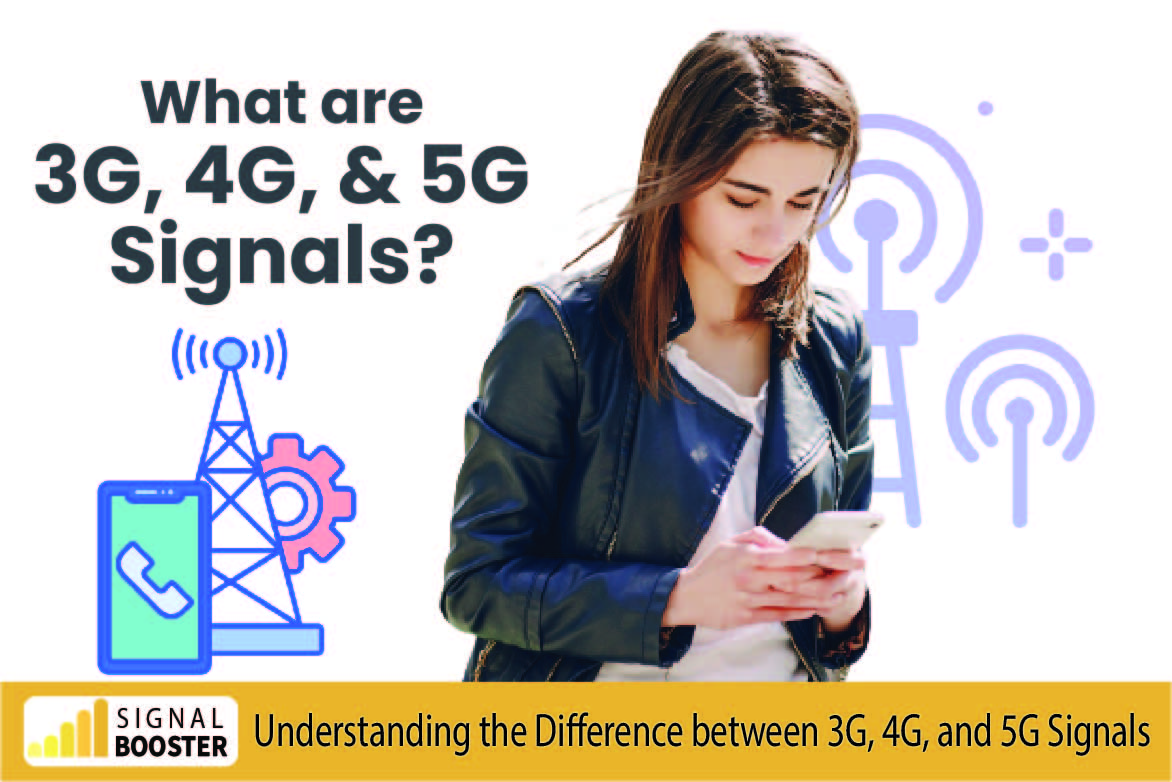
In the world of mobile telecommunications, 3G, 4G, and 5G are terms that are often used to describe the different generations of cellular networks. In this article, we’ll explore the differences between this 3G, 4G and 5G Signals, their capabilities, and what they mean for the future of mobile communications.
First, let’s start with some background on these networks. The term “3G” refers to the third generation of mobile networks, which were introduced in the early 2000s. 3G networks enabled faster data transfer rates, allowing for the transmission of video and other media content.
4G, or the fourth generation, was introduced in the late 2000s and early 2010s. 4G networks improved on 3G by providing faster download and upload speeds, lower latency, and better reliability. With 4G, mobile users could enjoy high-quality video streaming, online gaming, and other data-intensive applications.
Now, we have 5G, the fifth generation of cellular networks. 5G is a massive leap forward from 4G, promising faster speeds, lower latency, and improved network reliability. 5G is also designed to support a massive number of devices simultaneously, making it the ideal network for the Internet of Things (IoT).
So, what are the key differences between these networks in terms of capabilities? Let’s take a closer look:
3G: 3G networks provide download speeds of up to 3.6 Mbps, with an average speed of around 1 Mbps. This is sufficient for browsing the web, checking email, and basic media streaming.
4G: 4G networks provide download speeds of up to 100 Mbps, with an average speed of around 20 Mbps. This allows for high-quality video streaming, online gaming, and other data-intensive applications.
5G: 5G networks provide download speeds of up to 20 Gbps, with an average speed of around 100 Mbps. This means that 5G can support applications that require massive amounts of data, such as virtual reality and augmented reality.
Since the introduction of 5G, there have been several recent developments in the world of mobile telecommunications. Here are a few examples:
The future of mobile telecommunications is exciting, with 5G set to revolutionize the way we connect and communicate. With faster speeds, lower latency, and improved network reliability, 5G will make it possible to support a wide range of new applications and devices. From self-driving cars to remote surgery, the possibilities are endless.
But, one thing is important to note here is that if you have weak signals then you won’t be able to enjoy all the benefits of the 3G, 4G and 5G signals. To enjoy all the benefits and speed you need to buy and use a mobile signal booster. You can buy a mobile signal booster from our website and enjoy all the benefits of high-speed internet and crystal-clear voice on your mobile phone.
In conclusion, understanding the difference between 3G, 4G, and 5G is important for anyone interested in mobile telecommunications. With the advent of 5G and the development of 6G, the future of mobile communications is bright, and we can expect to see many exciting developments in the years to come. For any questions, you can contact us and we will be happy to help you out.